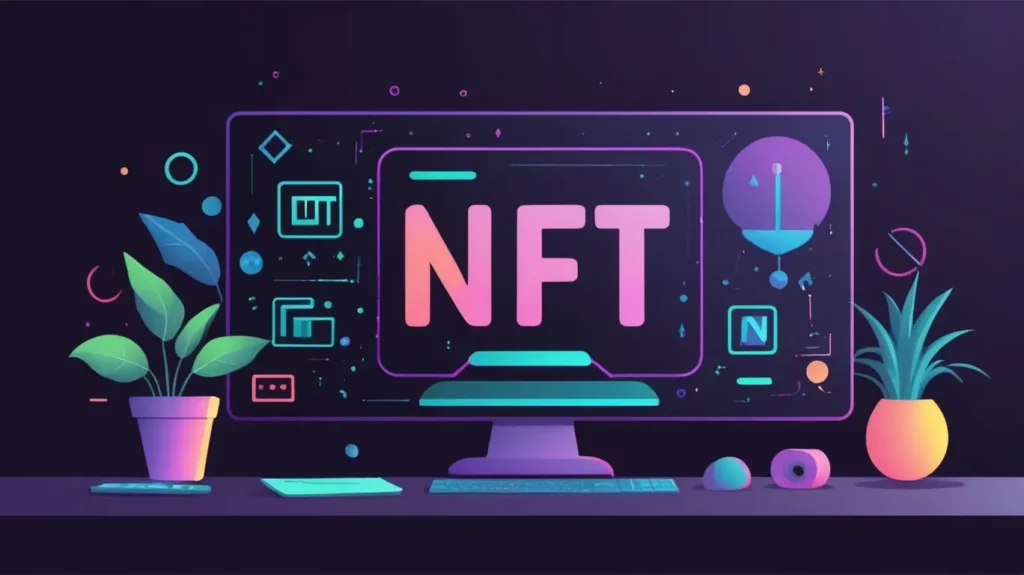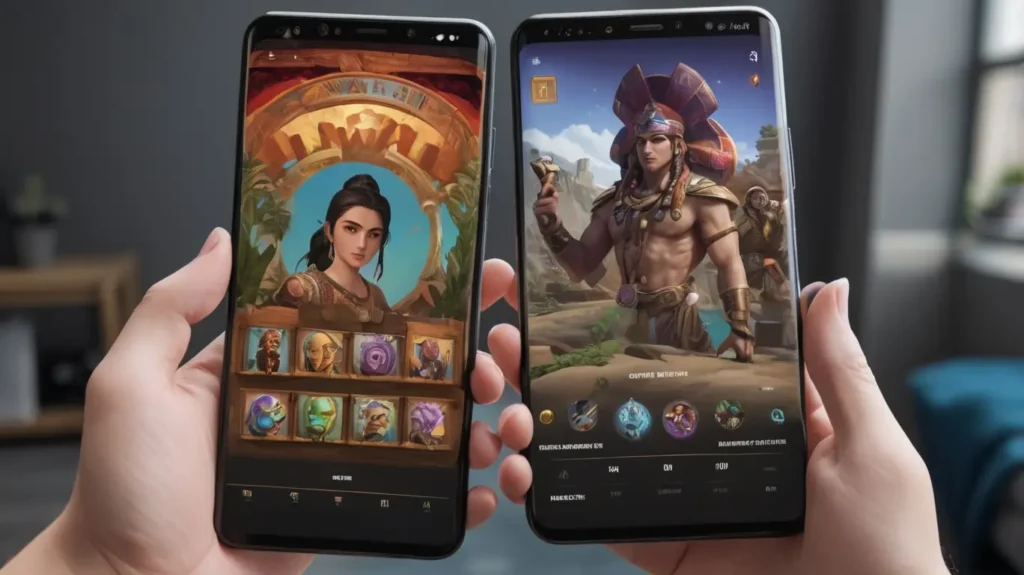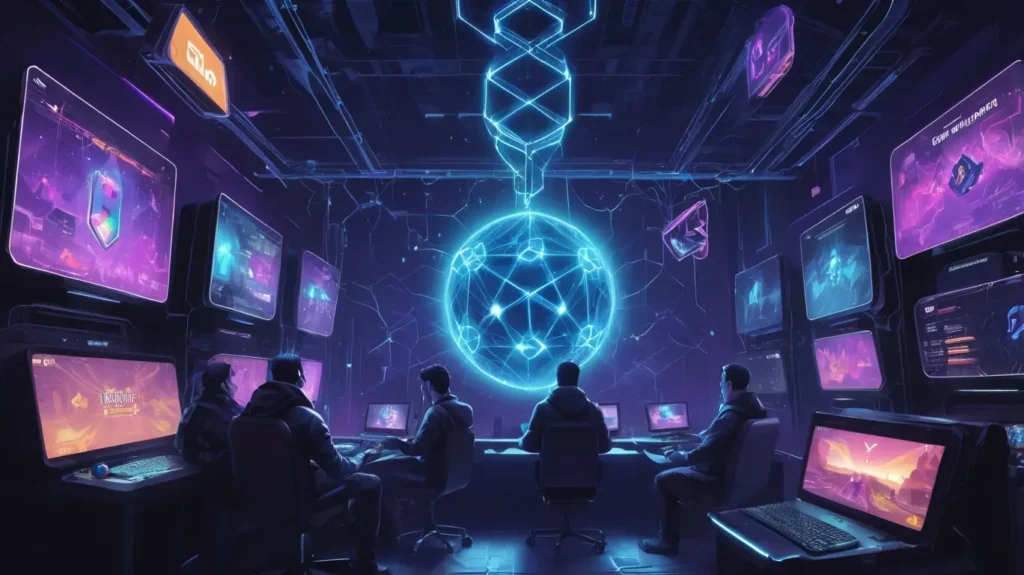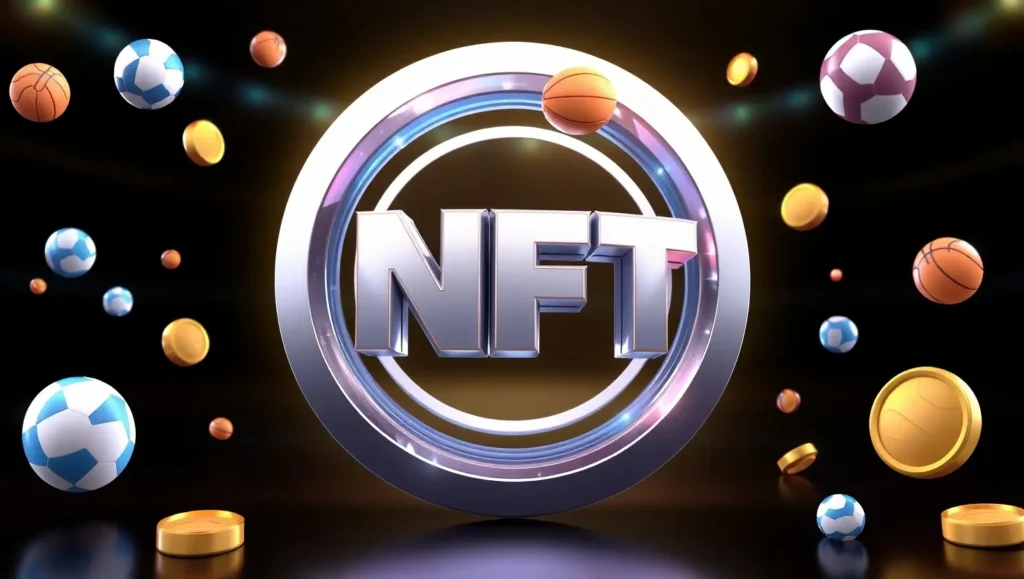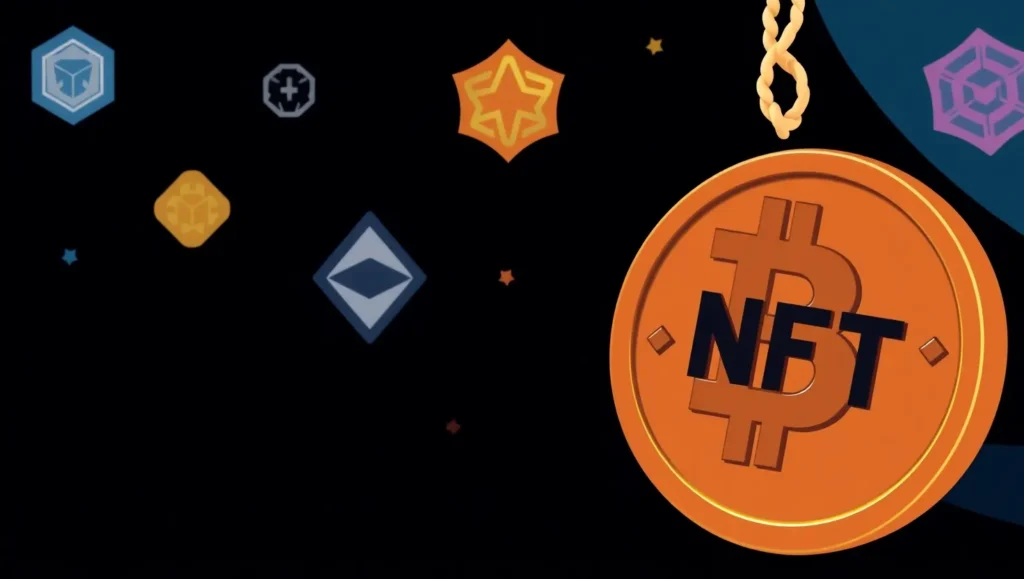In the swirling world of digital creativity, generative art stands as a shining beacon, attracting artists and tech enthusiasts alike with its hypnotic blend of calculation and creativity. This fascinating art form offers a new perspective on creation itself, where artists are no longer solitary creators. Instead, they work alongside machines, using artificial intelligence to transform the boundaries of what’s considered possible in the realm of art. As we immerse ourselves in this digital renaissance, let’s explore the best AI for generative art and the role of AI in reshaping artistic landscapes.
Before Anything: Understanding Generative Art
Generative art is not just a tool; it’s an entire genre that employs algorithms, code, and mathematical systems to spawn stunning artworks. Unlike traditional art, which often springs from the mind and hands of the artist alone, generative art introduces an element of algorithmic spontaneity. This creativity is guided by well-defined rules and systems, often resulting in pieces that surprise even their creators.
Types of Generative Art
1. Algorithmic Art: This form relies on mathematical formulas or scripts to create art. With roots in the very foundation of computing, algorithmic art is all about precision and structure, creating beauty from chaos through calculated iterations.
2. Parametric Art: Here, input parameters determine the output. Think of it like tweaking dials on a machine to see how the results change. Artists define a set of variables, and the art evolves based on these inputs, making each piece an exploration of potential outcomes.
3. AI-Generated Art: By melding machine learning with artistic principles, AI-generated art pushes creativity into uncharted territories. It’s this fusion of human insight and machine prowess that allows AI to generate works that are both familiar and otherworldly.
Generative art distinguishes itself from traditional forms through its dynamic nature. While traditional art remains static, generative pieces can be ever-evolving, interactive, and collaborative, with the artist acting as a designer and the algorithm as a co-creator in regard to the best AI for generative art. Examples range from captivating digital paintings to intricate fractal designs and even generative music that echoes through digital spaces.

Historical Context of Generative Art
Generative art may seem like a product of the digital age, but its roots delve much deeper, reaching back to the 1960s when computers were just beginning to find their place in the artistic world. Pioneers like Vera Molnar and Frieder Nake were among the first to explore the fascinating intersection of art and technology, setting the stage for future developments that would shape the field profoundly.
Vera Molnar, a Hungarian-born artist, is celebrated for her methodical approach to art using computers. Even before mainstream digital tools became accessible, Molnar experimented with systematic variations in her artworks. She created what she called “machine imaginaire,” using a series of organized, rule-based drawings often sketched by hand before transitioning to computer-generated art. Her explorations were characterized by simplicity and precision, dissecting the essence of visual aesthetics through restrained randomness and iterative forms.
In parallel, Frieder Nake, a mathematician and artist from Germany, ventured into computer graphics in the mid-1960s. Known for his innovative use of plotters, Nake’s work is a testament to early algorithmic art. His pieces often consisted of intricate patterns and designs derived from matrix multiplications and algorithms. Nake’s ability to transform mathematical equations into captivating visual art underscored the potential of computers as creative tools.
Both artists operated in an era when digital technology was nascent, yet their groundbreaking works foreshadowed the immense possibilities of computer-aided art. Their contributions involved using analog systems—machines that translated mathematical instructions into physical drawings with remarkable precision. These artists not only embraced the constraints and potentials of early computing but also posed philosophical questions about authorship and creativity that resonate in today’s conversations about AI-generated art considering the best AI for generative art.
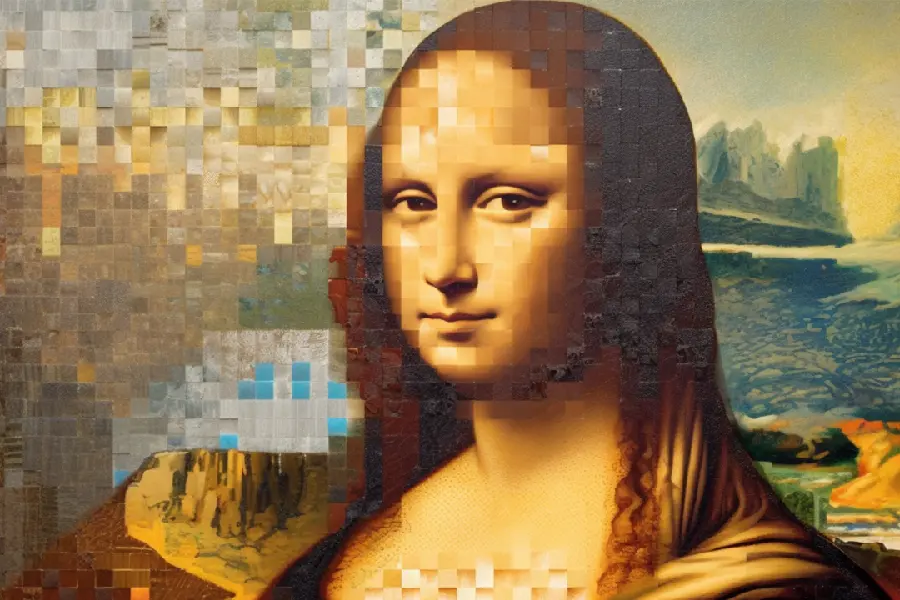
The transition from these analog systems to today’s AI-powered tools marks a significant evolution in the field. Initially, computers were seen merely as tools for executing predetermined instructions, but over time, they have evolved into collaborators capable of learning and adapting. Today’s generative art occupies a rich space where AI models not only assist artists but also challenge them to expand their creative processes, producing results that continue to dazzle and inspire.
This historical journey from analog to artificial intelligence illustrates a story of continuous innovation and adaptation. By understanding the foundational work of pioneers like Molnar and Nake, we gain a deeper appreciation for how generative art has morphed into a dynamic, technology-driven discipline that remains at the cutting edge of both art and digital science.
Top AI Tools for Generative Art
Exploring the world of AI tools for generative art reveals a plethora of options, each providing unique features and capabilities to fuel creative exploration. Here are some of the leading platforms that artists can leverage:
1. DeepArt
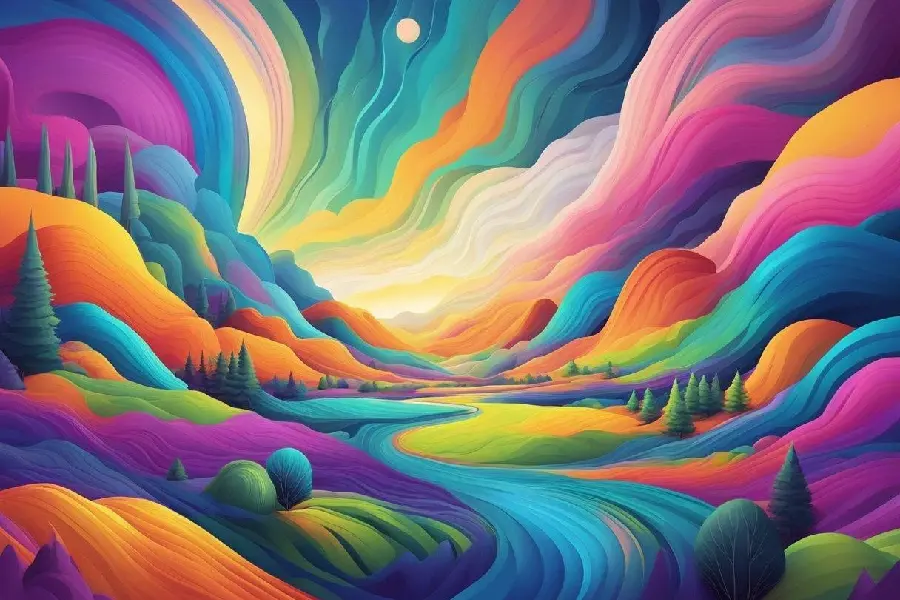
At the forefront of AI-powered art and among the best AI for generative art, DeepArt utilizes advanced deep learning algorithms to transform ordinary images into extraordinary pieces reminiscent of the world’s most famous art styles. The platform’s simplicity is a major draw; users can easily upload a photo and choose an iconic style, from the swirling colors of Van Gogh’s “Starry Night” to the meticulous lines of Da Vinci’s portraits. With just a few clicks, the tool mimics these timeless techniques, offering artists a user-friendly way to imbue their photos with historical grandeur.
2. Artbreeder
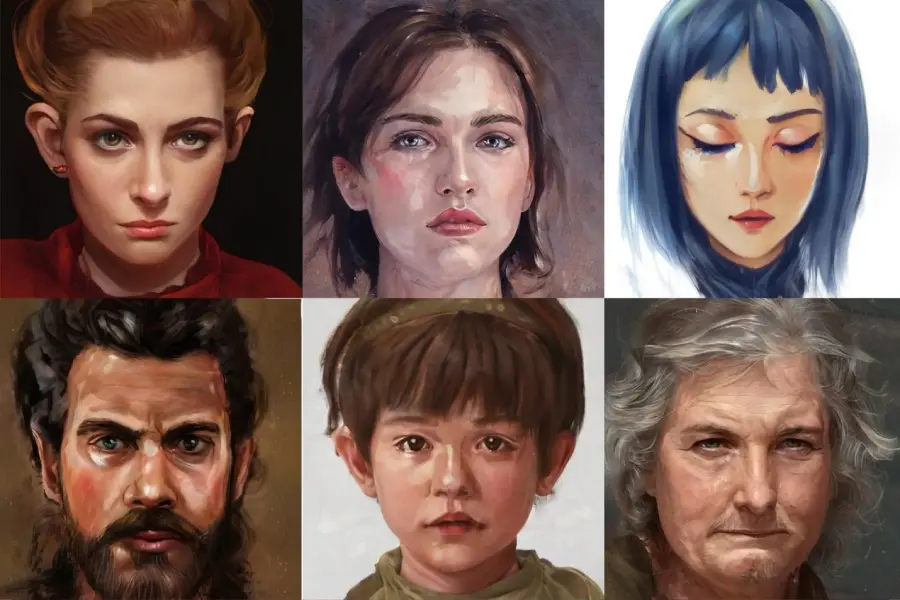
Artbreeder distinguishes itself through its collaborative approach to art creation. Using genetic algorithms, Artbreeder allows users to blend images, creating unique hybrids that cover a spectrum from portraits to surreal landscapes. Artists can control variables such as color, form, and style by tweaking sliders, which means each user can explore a nearly infinite array of visual possibilities. This interactive and community-based platform fosters creativity by allowing artists to both innovate and draw inspiration from one another’s work.
3. Runway ML
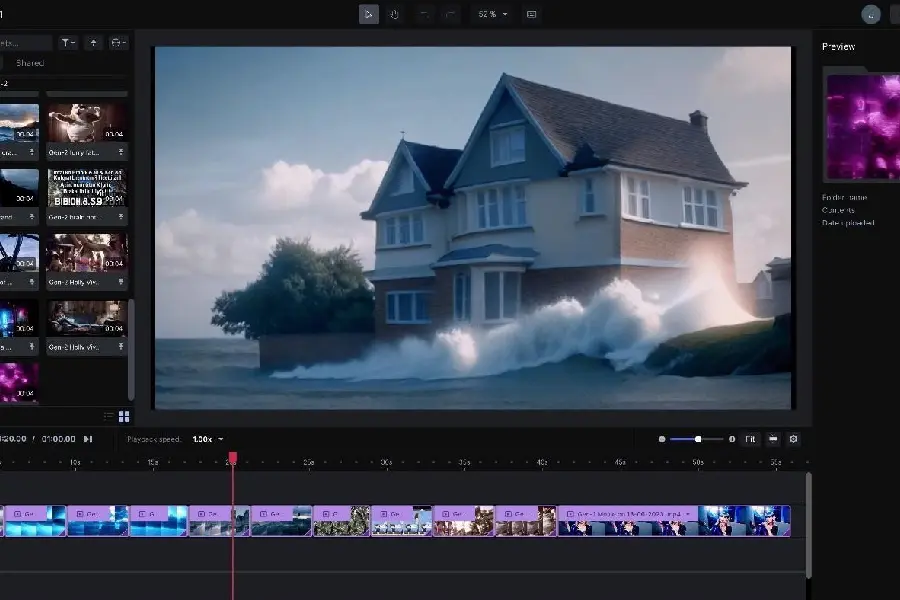
Runway ML stands out as a versatile platform for creatives who enjoy the intersection of technology and art within the best AI for generative art. Offering a suite of tools powered by cutting-edge AI, Runway ML allows users to explore everything from real-time video processing to synthetic media generation. With its drag-and-drop interface, artists without extensive technical backgrounds can venture into machine learning’s expansive playground, making it accessible for both experimental projects and polished pieces.
4. DALL-E 2
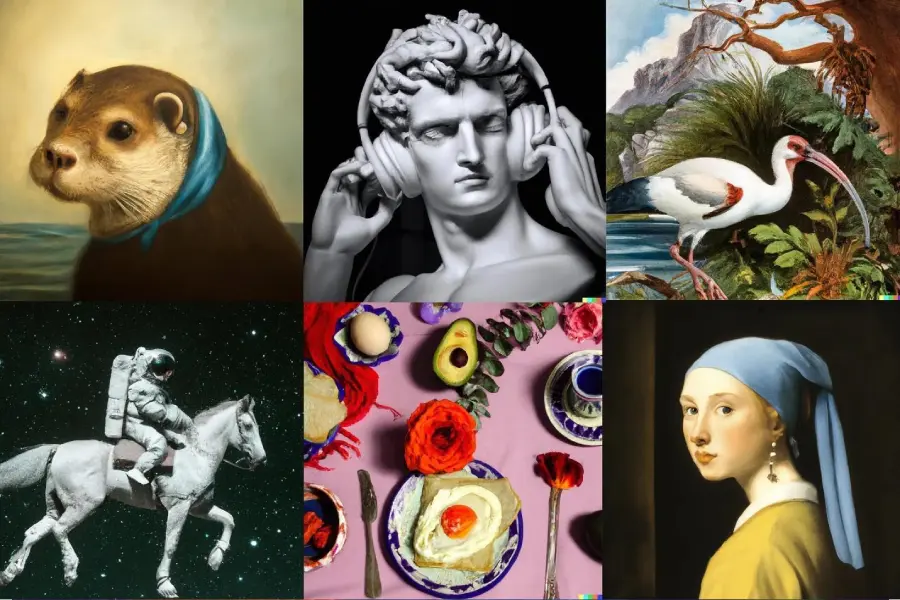
DALL-E 2, created by OpenAI, marks a major advancement in generating images from text descriptions. This innovative tool lets artists enter detailed prompts and then see how the AI brings those ideas to life visually. The range of images DALL-E 2 can produce is vast, swinging from fantastical scenes to strikingly realistic depictions, all based on the input given. It’s especially beneficial for artists looking to visualize concepts that are still just ideas, providing a unique viewpoint through the AI’s take on their textual descriptions.
5. Processing + p5.js
For those interested in coding, Processing, and its JavaScript cousin, p5.js offers robust environments for creating dynamic and interactive visuals out of the best AI for generative art. While not AI tools per se, these platforms allow artists to write their algorithms, producing generative art that can respond in real-time to user input or other variables. This gives artists complete creative control, making it ideal for installations where interaction with the audience is key.
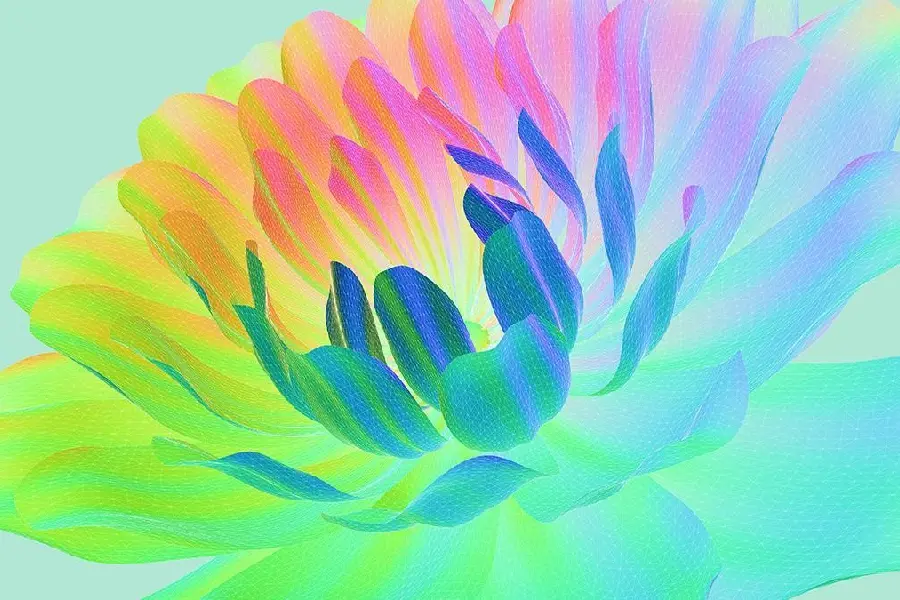
6. GANPaint Studio
A fascinating venture into editing scenes with AI, GANPaint Studio uses Generative Adversarial Networks (GANs) to allow artists to manipulate existing images in intuitive ways. By simply drawing or erasing elements in an image, artists can change the scene dramatically, adding objects like trees or buildings seamlessly into the visual narrative. This tool is particularly appealing to artists looking to modify existing scenes or explore photorealistic transformations.
7. Pikazo
Pikazo brings the power of neural networks to transform mundane pictures into intricate artworks, employing algorithms that mimic the stylistic features of fine art in the number of the best AI for generative art. Users can select or upload styles and apply them to photos, ending up with creative interpretations that enhance or completely alter the original image’s mood and flow. Pikazo emphasizes accessibility, being suitable for mobile platforms, thus allowing creativity on the go.
Each of these AI tools brings distinct strengths and functionalities to the table, offering artists a rich palette of technological possibilities to explore. As AI continues to evolve, so too will these platforms, expanding the horizons of what generative art can achieve. Whether you’re a seasoned artist or just starting on your digital creative journey, engaging with these tools can open new paths to innovation and expression.
Key Features to Consider When Choosing an AI Art Generator
Selecting the right AI art generator is essential for artists to maximize their creative potential and enhance their workflow. Here’s a closer look at some critical factors to evaluate when choosing an AI art tool:
- User Interface
A user-friendly interface is crucial for facilitating a smooth creative process. An intuitive design that allows for easy navigation helps artists focus on their creativity rather than technical hurdles. Tools with drag-and-drop features, real-time previews, and straightforward menus can significantly enhance the user experience, reducing the learning curve and encouraging more experimentation and play.
- Customization Options
Flexibility in controlling the output is essential for artists seeking unique, personalized creations. Look for tools that offer a range of adjustable parameters such as color schemes, styles, and effects. The ability to tweak algorithms or refine machine-generated suggestions can enable artists to achieve their vision more accurately. Whether the tool allows fine-tuning of individual elements or broader stylistic adjustments, customization is key to creating art that truly reflects personal style or specific project requirements.
- Integration Capabilities
Seamless integration with other creative software can streamline the artistic workflow when we talk about the best AI for generative art. Artists often use multiple programs and platforms, so tools that can easily connect with industry standards like Adobe Creative Suite, for example, offer considerable advantages. Look for features that support plugin development, compatibility with common file formats, or API access, enabling a harmonious blend of different creative processes and tools.

- Licensing and Commercial Use
Understanding the licensing terms is critical, especially for artists working on commercial projects. Clear guidelines on the ownership and use of generated artworks prevent legal complications. Some AI tools may have restrictions or require additional licenses for commercial use, so it’s important to review terms thoroughly. Opting for platforms with clear, straightforward commercial usage policies helps ensure that artists can sell or distribute their work without legal concerns.
- Community Support
A robust community can greatly augment the capabilities of an AI tool. Active forums, tutorial resources, and user-shared experiences provide invaluable support, especially for those new to generative art or particular platforms. Communities can also inspire by showcasing diverse applications of the tools, offer solutions to common issues, and collaborate on creative challenges. The availability of user-generated content and feedback loops can continuously enrich an artist’s journey, facilitating both technical learning and creative inspiration.
By carefully evaluating these features, artists can select the tools that best align with their creative goals and practical needs, thus enhancing their ability to produce compelling generative art. Each factor, from interface design to community engagement, plays a pivotal role in shaping the overall user experience and the artistic possibilities afforded by the technology.
Ethical Considerations in AI-Generated Art
The rise of AI in art raises questions about intellectual property rights and originality. Who owns a piece created by an algorithm using the best AI for generative art? Moreover, potential biases embedded in AI algorithms might influence the content, echoing concerns across tech disciplines. The impact of AI on traditional artists is another pressing issue, as the ease of generating art challenges conventional notions of artistic value and labor.
Future Trends in AI and Generative Art
The integration of AI into the world of art is not only transforming the way art is created but also redefining the boundaries of what is possible. As AI models continue to evolve and become more sophisticated, their creative potential expands, paving the way for numerous future trends in generative art:
Enhanced Collaboration Between Humans and AI
One of the most exciting trends is the increasing synergy between human artists and AI tools. This collaboration is likely to produce richer, more complex art forms as artists use AI to explore new techniques, generate unique patterns, and push the limits of traditional art disciplines. AI can act as a creative partner, proposing novel ideas or variations that artists may not have considered, thereby fostering an iterative creative process that blends human intuition with computational rigor.
Integration with Virtual and Augmented Reality
As virtual reality (VR) and augmented reality (AR) technologies mature, the application of AI in these domains is set to revolutionize how we experience and interact with art. Artists can use AI to create immersive environments where viewers engage with dynamic, interactive artworks. These experiences can transform storytelling, allowing art to be not just seen but lived. AI-generated environments can adapt in real-time to the presence and actions of viewers, offering personalized experiences and expanding the narrative potential of installations.
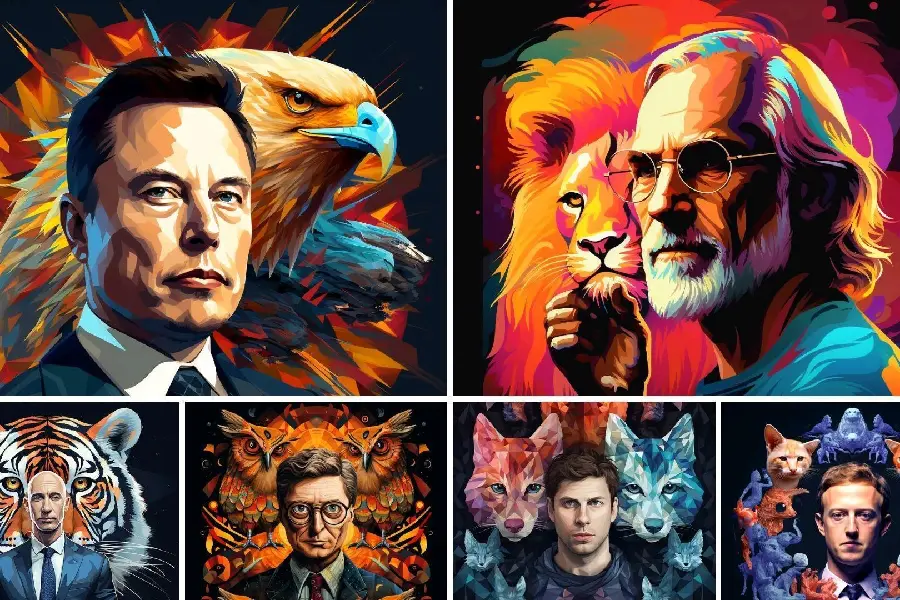
Advancements in Film and Animation
AI’s role in film and animation is poised to grow significantly, offering new tools for filmmakers and animators to streamline workflows and enhance creativity discussing the best AI for generative art. AI can assist in generating complex special effects, automating repetitive tasks, and even predicting successful thematic and stylistic elements based on audience preferences. This capability opens up opportunities for more ambitious projects, enriching visual storytelling with intricate, AI-augmented cinematic experiences.
Influence on Architecture and Urban Design
In architecture and urban design, AI is beginning to influence how spaces are conceptualized and built. Generative design processes powered by AI can propose innovative structural solutions that optimize functionality and aesthetics. These tools can analyze vast datasets to suggest designs that are both sustainable and harmonious with the environment. As AI-enhanced design becomes more commonplace, architects can explore more experimental forms and materials, blurring the lines between architecture, art, and technology.
Ethical and Philosophical Implications
With AI-driven art becoming more prevalent, there will be increased discourse on the ethical and philosophical implications of AI as a creative agent. Questions around authorship, originality, and the definition of art will become more pertinent as AI begins to generate works that rival the creativity and complexity of human-made art. This dialogue will likely influence how societies value and regulate AI-generated content.
Accessibility and Democratization of Art Creation
As AI tools become more accessible and affordable, the democratization of art creation will continue. Artists from diverse backgrounds, even those without technical expertise, will have the opportunity to explore generative art. This accessibility leads to a wider range of voices and perspectives being represented in the artistic conversation, fostering a more inclusive and vibrant global art community.
In summary, the future of AI and generative art is dynamic and full of potential. As AI becomes more integrated into various creative fields, it promises to broaden artistic horizons, enrich cultural narratives, and redefine our understanding of creativity itself.
Conclusion
AI’s transformative role in art is undeniable. As artists, embracing the best AI for generative art not only enhances our creativity but also broadens our understanding of what art can be. The future of generative art promises a thrilling journey of innovation, where human intuition and machine precision blend to create the unimaginable.
How can beginners start with AI-generated art?
Beginners can start by exploring user-friendly tools like DeepArt and Artbreeder, which provide simple interfaces and tutorials to ease new users into the process of creating AI art.
Are there free AI tools available for generative art?
Yes, many platforms offer free versions or trials, such as Runway ML, which allows users to experiment with machine learning models without upfront costs.
Can AI-generated art be patented?
While AI-generated art can be copyrighted under certain jurisdictions, patenting a creative work might be complex due to its non-functional nature, unlike inventions or technical processes which are typically patentable.
